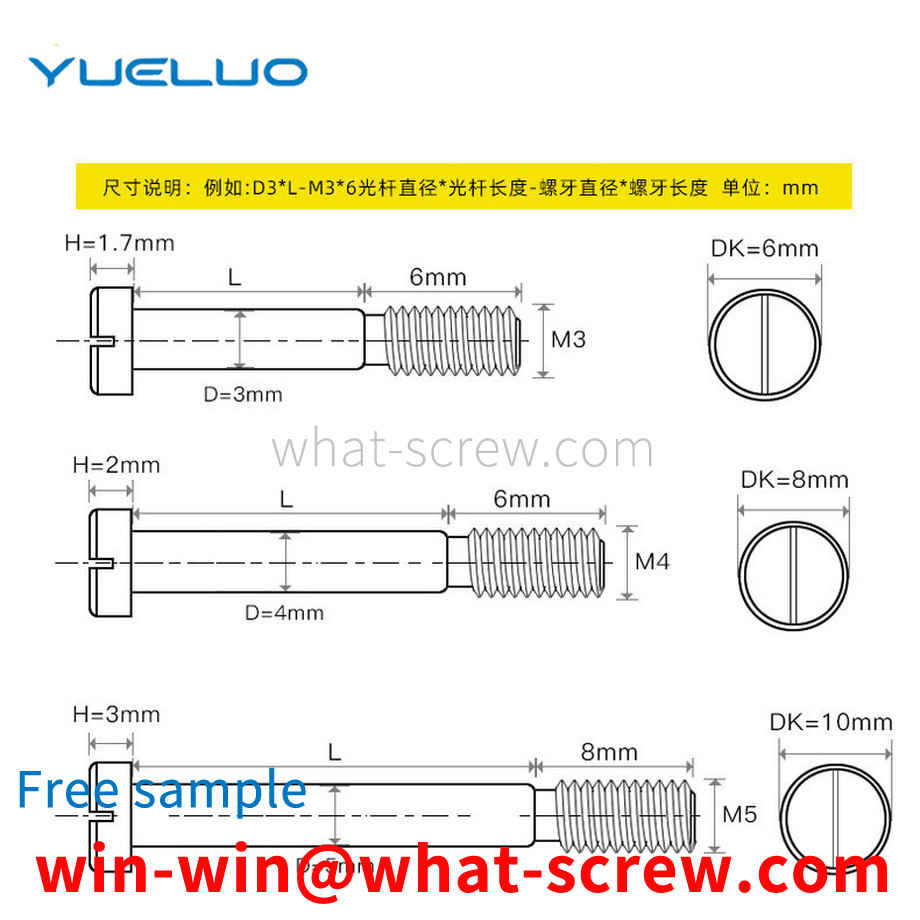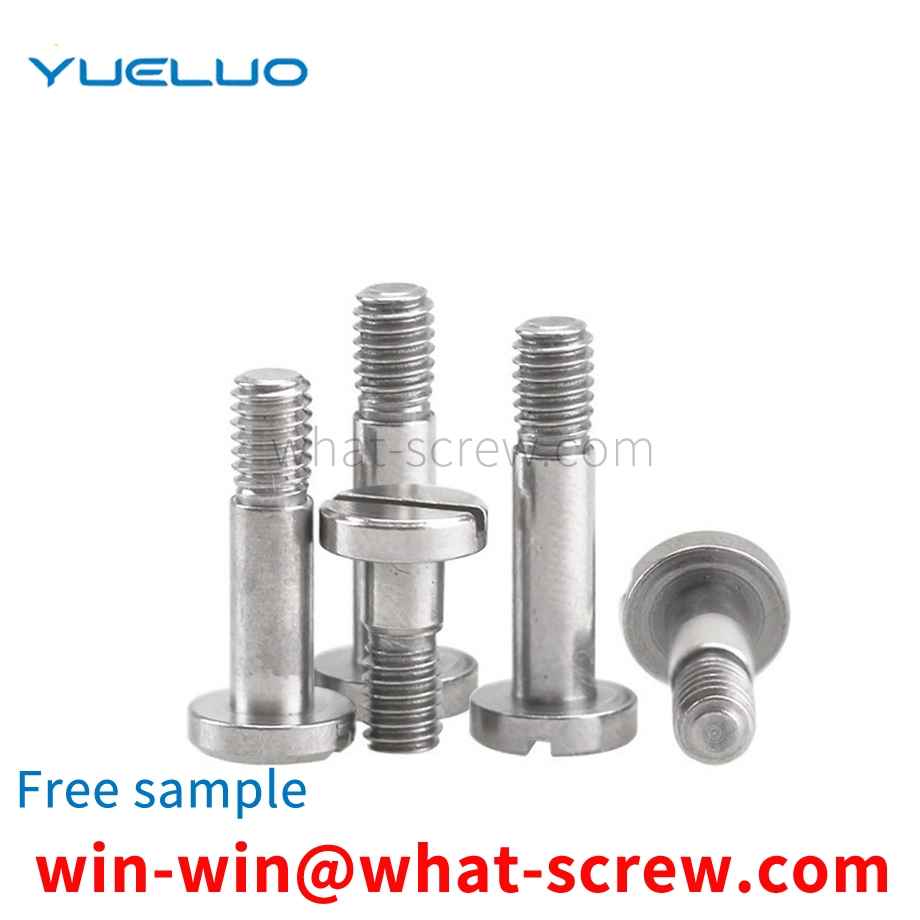In recent years, more fasteners have been used in rivet nuts, which have replaced some existing welding methods to a certain extent. Rivet nuts are a way to join some difficult-to-weld equipment and other components. The use of rivet nuts requires rivet nut equipment (manual rivet nut equipment, etc.). Matters needing attention before using manual rivet nut equipment. 1. First, make sure the nozzle screws are properly assembled. According to the size of the rivet nut, select the appropriate equipment and rivet bolt. Every connecting part is not secure. 2. Confirm the deformation length or displacement of the rivet nut, and then leverage the long angle. 3. The scale ring of the rivet nut equipment is used to adjust the rivet stroke, which can be adjusted freely as needed. When adjusting the length of the rivet bolt, open the two handles and adjust the device head sleeve. The rivet bolts are exposed for a length slightly greater than the length of the rivet nut, which will eventually adjust the nut and device sleeve.
Reference standard GB 90 Fastener acceptance inspection, marking and packaging GB 196 Basic dimensions of ordinary threads (1~600mm in diameter) GB 197 Tolerance and fit of ordinary threads (1~355mm in diameter) GB 230 Test method for Rockwell hardness of metals GB 699 High-quality carbon Plain structural steel technical conditions GB 1237 Marking method of fasteners GB 5267 Electroplating layer of threaded fasteners GB6394 Determination of average grain size of metals
The traditional gasket is a single-piece gasket that works independently. This gasket mainly relies on friction to achieve the anti-loosening effect. The new washer is composed of two pieces. Its unique embedded structure changes the way that the traditional washer mainly achieves anti-loosening through friction. Instead, it adopts the most advanced anti-loosening technology in the world and uses the tension between the two gaskets to achieve. The dual effect of anti-loosening and tightening.
Washers (spring) washers, circlips are elastic pads or card lock washers a washer that prevents bolts from loosening. The working principle of lock washers is very simple. It consists of two washers. The outside is a radial relief surface, and the inside is a helical tooth surface. When assembling, the inner helical tooth surfaces are opposite each other, and the outer radial raised surface is engaged with the contact surfaces at both ends. When the connecting piece is vibrated and the bolt tends to loosen, only the inner helical tooth surfaces of the two washers are allowed to face each other. Staggered movement, resulting in lifting tension, so as to achieve 100% locking.
The necked brake pad rivet includes a head and a shaft, the head and the shaft are integrally connected, and it is characterized in that: the head and the shaft are provided with axial through holes formed by cold heading, so The end of the shaft is provided with a tapered portion formed by cold extrusion and chamfering.
We have many years of experience in the production and sales of screws, nuts, flat washers, etc. The main products are: 511 large-sided saddle-shaped single-sided toothed gaskets, blackened T-row screws, embedded bolts, GB30 galvanized screws and other products, We can provide you with the right fastener solution for you.



















 Service Hotline
Service Hotline




